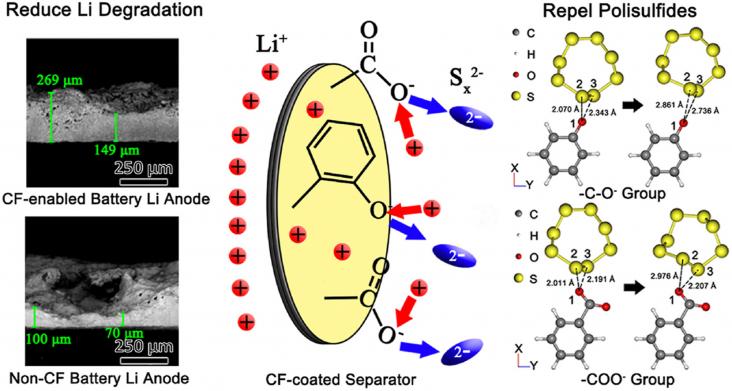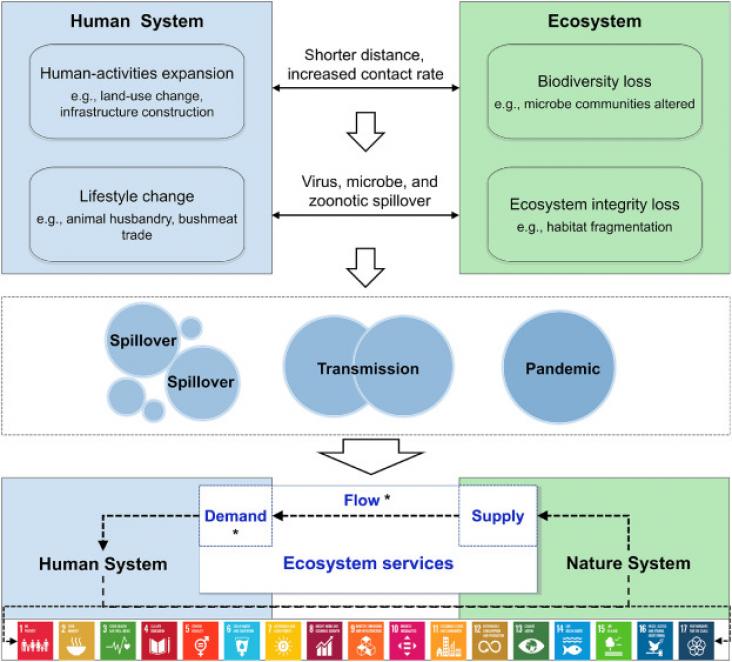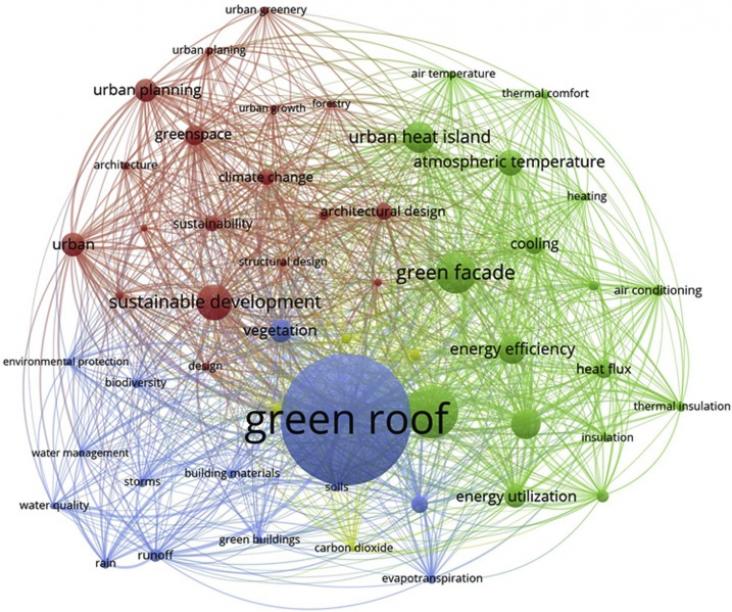
The fast-expanding electric vehicle market demands eco-friendly, high-performance, and low-cost energy storage systems.
The climate emergency and population growth are challenging water security and sustainable urban design in cities worldwide.
Electric vehicles (EVs) are widely regarded as the key to finally making private mobility clean, yet virtually no research is being conducted on their potential contribution to the expansion of imp

The COVID-19 pandemic has stalled and rolled back progress on Sustainable Development Goals (SDGs).
This article supports SDGs 7, 9 and 11 by utilizing solar photovoltaic, wind energy, solar thermal energy, and battery energy storage, and the special emphasis is placed on the schedulable value of concentrated solar power generation to provide more economical and environmentally friendly energy supply, while integrating multiple renewable energy technologies through artificial intelligence technology to shape the future of cities.

This study presents a critical review analysis of greenery systems research through a bibliometric approach.
Mitigating global warming is the responsibility of all countries. Moreso, the role of forests in sequestrating carbon is very crucial.
A Research Paper on obesity, in the context of SDGs 3, 9, and 11, focusing specifically on the role of multi-level and multi-component interventions addressing healthy nutrition, physical activity, and education to mitigate the rising epidemic.
Costs and benefits of gender policies in transportation. State of the art of quantitative approaches
Surveys research on policies to reduce violence against women in transport context. Identifies data gaps and recommends ways to improve policy evaluation.
The article deals with the issue of transport of people with disabilities, specifically by rail. It analyzes the representation of these people from a demographic point of view.
